By Jenna Leigh de Wit
The quote, “he who plants a tree, plants hope”, by poet Lucy Larcom, is appropriate when considering that it takes an estimated 16 trees to supply enough oxygen for the average person’s life. With the rapid rate of deforestation, what better way to plant hope and care for the environment than by planting trees in your garden.
Selecting a tree
When deciding on the types of trees to plant in your garden, always select indigenous varieties first because these trees, according to experts at Paarman Landscapes, “usually tolerate the prevailing conditions better”.
However, Craig de Necker of The Friendly Plant cautions that merely selecting indigenous trees will not necessarily ensure survival as South Africa’s climate varies greatly throughout the country. Craig advises driving around your area and taking notice of the trees that you like. He explains: “The fact that these trees have survived in nearby gardens means that there is an excellent chance of them surviving in yours.” It is a good idea to consider what function you want the tree to serve, for example, to attract birds and butterflies or to act as a shield against noise pollution.
Garden size also plays an important role when choosing a species of tree. Craig says: “Larger gardens can make use of both large and small trees. Smaller gardens, however, are trickier due to the limited space and the possibility of root damage to walls or foundations and roof damage caused by branches moving in the wind.” He adds: “Smaller gardens may benefit from using deciduous trees, which will allow the sun to shine through in the winter months when they have dropped their leaves.”
Manus Swiegers, from Manus Swiegers Landscaping, suggests that, when selecting trees for a small garden, consider using big shrubs or small trees such as silver birch, weeping lavender and false olive trees.
He says that for larger gardens you will have a lot more freedom and there is a bigger selection of trees to choose from including London plane, black karee and wisteria trees.
Location
Finding the right place to plant your tree is possibly the most essential task and it requires much research and thought. Experts at Paarman Landscapes suggest that you “never plant large shrubs and trees up close to walls and fences as the roots can damage foundations and find their way into water pipes, lift paving and topple walls”. The company’s experts also say: “Always consider how big the tree will be in ten years, so leave space for your tree to grow.” Manus says that he prefers “to plant evergreen trees closer to the boundary and deciduous trees closer to the house, resulting in sunlight during the winter and shade in summer when you need it”.
Yochai Zlotnick of Renaldo and YZ Gardens recommends consulting a landscaper before planting the tree to avoid making the wrong decision and having to cut the tree down in future.
Care after planting
Once you have decided on a tree and ideally positioned it, the hard work begins. Yochai says: “Most trees will require support and regular feeding in the first two to three years, after which they should be strong enough to stand by themselves.” Craig also recommends watering trees well at least once a week and adds that “mulching such as tree bark can be used in order to maintain the moisture levels in the soil for a longer period of time”.


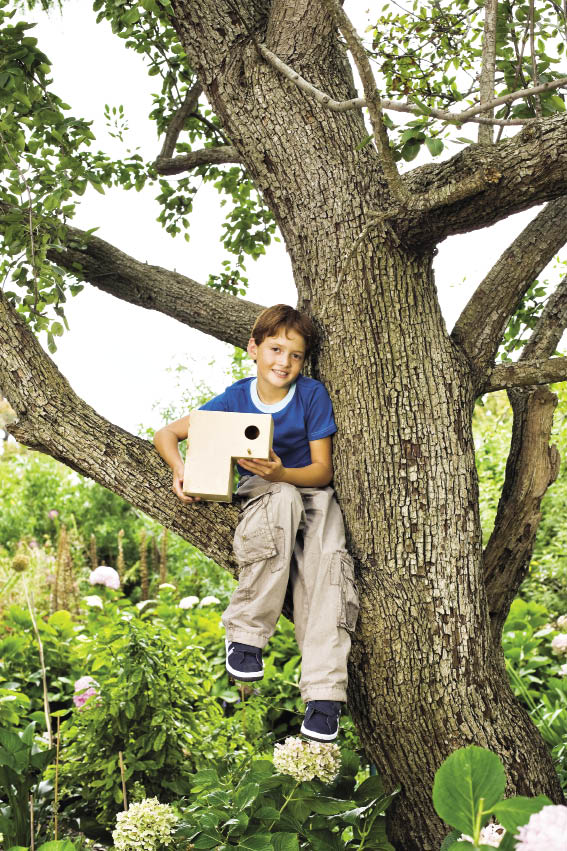




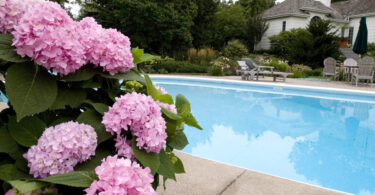
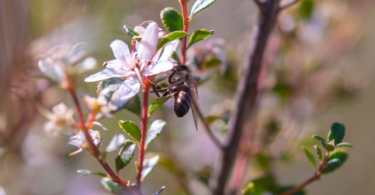
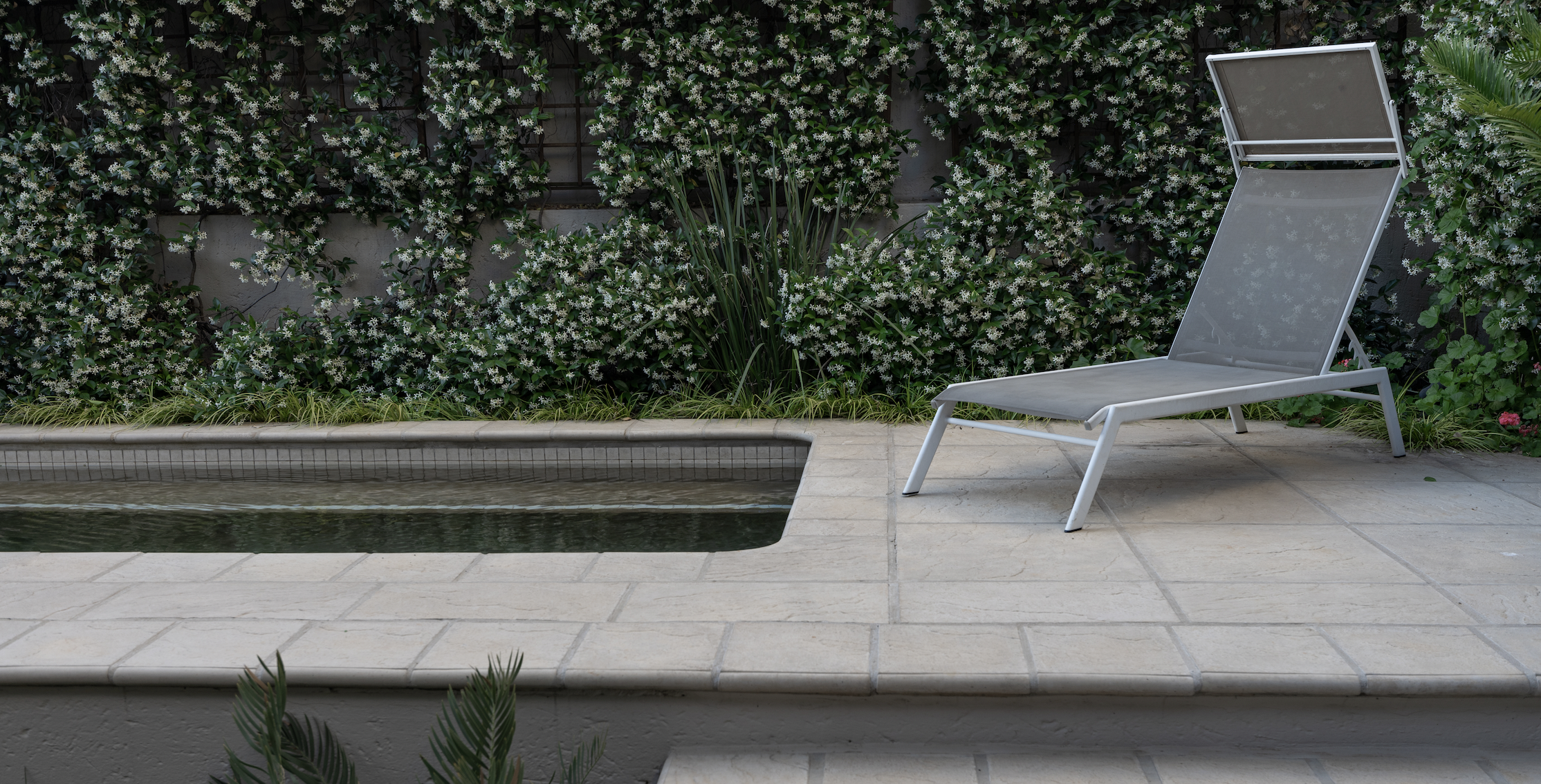

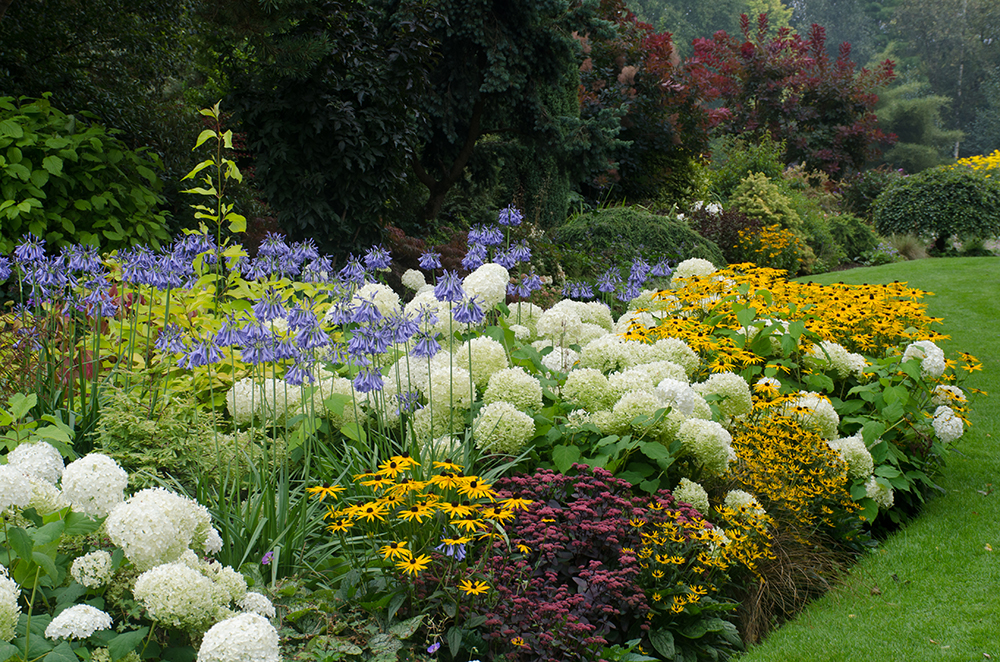
Leave a Comment